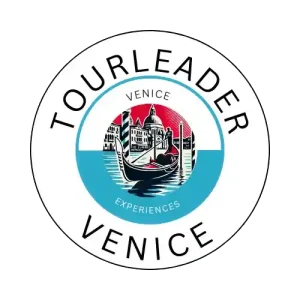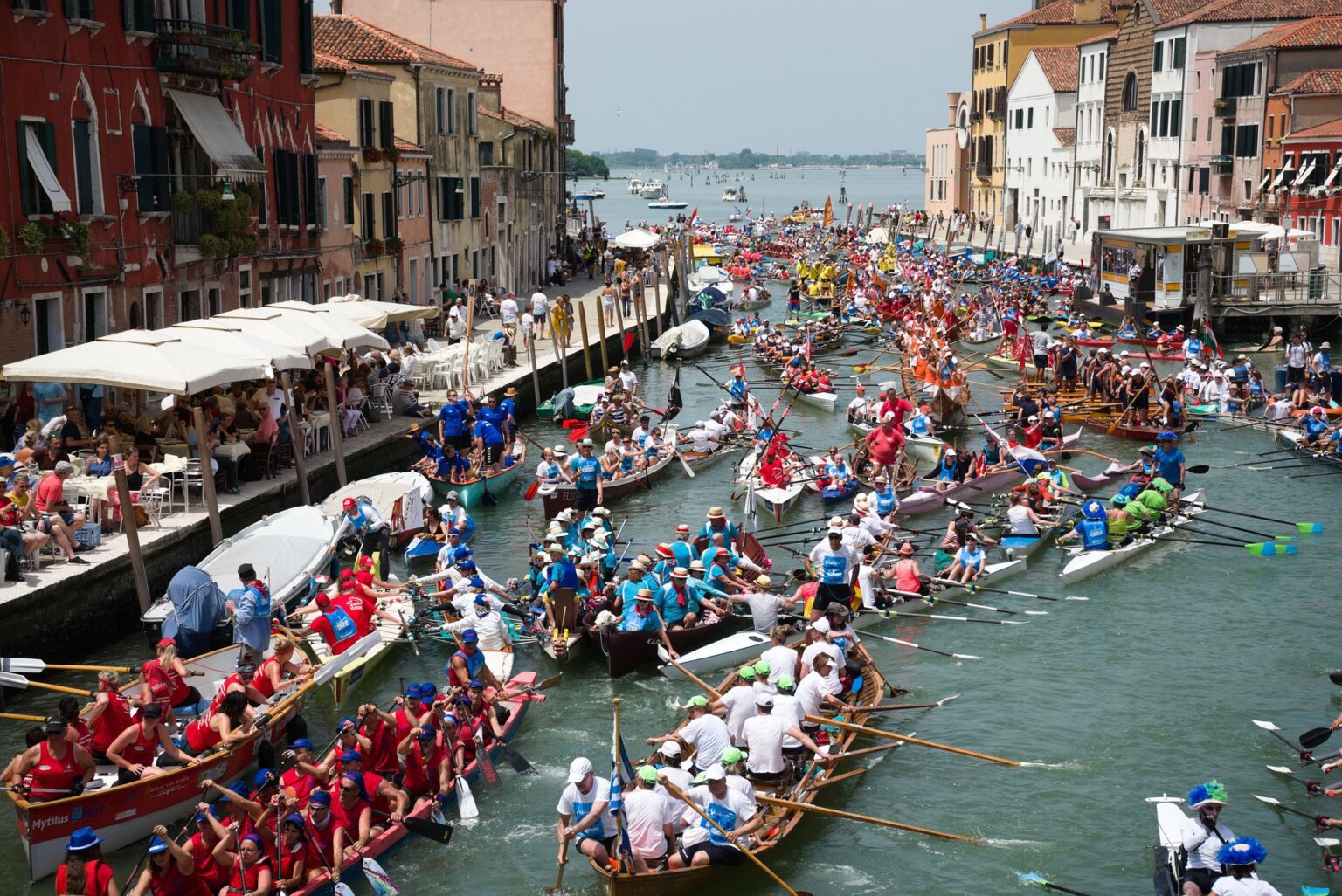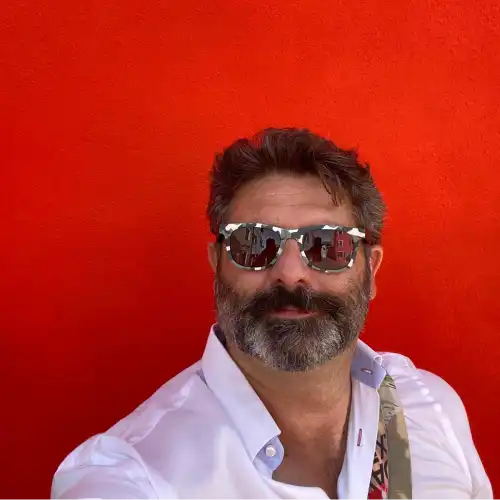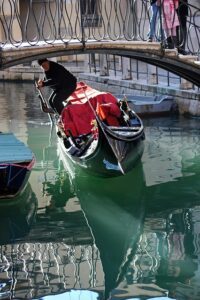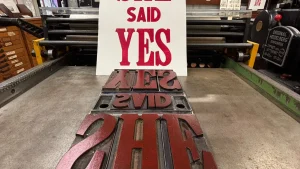Venice Festivals & Celebrations — The City That Never Stops Celebrating | Tour Leader Venice
🎭 Venice Festivals and Celebrations — The City That Never Stops Celebrating
Venice doesn’t just exist — it celebrates. From fireworks over the lagoon to golden masks in St. Mark’s Square, the city has turned celebration itself into an art form. Each festival is more than a spectacle; it’s a living ritual that reveals how Venetians turn faith, resilience, and creativity into joy.
Whether you come for the Feast of the Redentore, Carnival, or the Venice Film Festival, every event shows a different soul of the Serenissima. So don’t just stroll through Venice — celebrate with it.
✨ The Feast of the Redentore — Venice’s Night of Light and Faith
Every July, when sea air meets summer warmth, Venice prepares for one of its most beloved traditions: La Festa del Redentore. It began as an act of gratitude after the 1576 plague, when over 50,000 lives were lost. The Republic vowed to build a church if spared — and Andrea Palladio’s magnificent Church of the Redeemer on Giudecca became the city’s enduring “thank you.”
Today, the third weekend of July transforms the lagoon into a glowing celebration. A floating 330-meter bridge links Zattere to Giudecca so pilgrims can walk to the church; boats shimmer with lanterns; families dine along the Riva; and at midnight, fireworks burst above domes and reflections — an explosion of faith and joy.
Want the best view? Celebrate aboard our Venice Sunset Tour on a Traditional Bragozzo — prosecco in hand, sky ablaze. On Sunday, the mood turns sacred again with mass and a regatta, uniting beauty and devotion the Venetian way.
🙏 The Feast of Madonna della Salute — A City’s Prayer in November
As mist rolls over the lagoon each November 21, Venetians make another solemn promise kept for nearly 400 years. After the 1630 plague, they built the Basilica di Santa Maria della Salute — Baldassare Longhena’s baroque masterpiece — in gratitude to the Virgin.
On feast day, a temporary bridge of boats crosses the Grand Canal. Candles flicker, incense rises, and locals of all ages walk in silence toward the Madonna. It’s quieter than Redentore — reflective, moving, profoundly Venetian.
Outside, the air fills with sweeter aromas: candied fruit, frittelle, and castradina — a hearty mutton stew served with polenta. Taste it, and you’ll understand Venetian winter comfort.
To see this devotion up close, join our Off-the-Beaten-Path Orientation Tour — crossing bridges where faith still shapes daily life.
🎭 Venice Carnival — When Dreams Wear Masks
Every February, Venice becomes a living stage. The Carnevale di Venezia turns foggy mornings into fantasy: masks, music, laughter echoing between marble façades. Its origins stretch to the 1100s, when the Republic granted citizens a season of freedom before Lent — nobles and servants equal under disguise.
Today, the opening Volo dell’Angelo (Flight of the Angel) sees a costumed performer glide from St. Mark’s bell tower over the crowd. Streets fill with jugglers and violins, gondolas glide with masked couples, and Piazza San Marco becomes a pageant of velvet, lace, and gold.
Pro tip: step beyond the square. Visit real mask-makers through our Venetian Mask Workshop and craft your own masterpiece under candlelight — a souvenir that lasts longer than confetti.
And don’t miss the flavors: frittelle (cream-filled pastries) and galani (crispy ribbons of sugar). Sweet, fleeting, unforgettable — just like Carnival itself.
🎬 The Venice Film Festival — Glamour on the Lagoon
Each September, the Lido Island becomes Hollywood-on-the-Lagoon. Founded in 1932, the Venice International Film Festival is the world’s oldest — where stars trade limousines for wooden taxis and glitter meets salt air.
At the Palazzo del Cinema, premieres draw global icons; the coveted Golden Lion honors cinematic brilliance. Yet locals love it, too — cafés buzz with critics and dreamers debating art over spritzes beneath striped awnings.
Insider idea: explore between screenings on our Lido Island Bike Tour — pedaling past Art Deco villas and sandy beaches where film history began.
🌊 The Feast of the Sensa — The Marriage of the Sea
Long before red carpets, Venice staged its greatest ritual: La Festa della Sensa, the Marriage of the Sea. Celebrated on the Sunday after Ascension Day, it marks both Venice’s year 1000 victory over Dalmatia and its eternal bond with the sea.
A flotilla of decorated boats sails from St. Mark’s Basin toward the open lagoon. Leading it is the symbolic Bucintoro; from its bow, the mayor casts a gold ring into the water, proclaiming: “We wed thee, O sea, as a sign of everlasting dominion.”
For nearly a millennium, this ritual has affirmed what every Venetian knows — the sea is both bride and lifeblood. After the blessing at San Nicolò al Lido, music and laughter ripple across the waves.
To feel that maritime soul, sail with us on a Venice Lagoon Tour or our Island-Hopping Excursion — same waters, same wonder.
🚣♂️ Regata Storica — The Race of Tradition
On the first Sunday of September, the Grand Canal becomes a racetrack. The Regata Storica is one of the world’s oldest sporting events — a colorful pageant of rowing skill and civic pride dating to the 1200s.
The day begins with a parade of ornate boats carrying rowers dressed as 16th-century nobles. Then come the races: slender gondolini slicing the canal amid cheers from bridges and balconies. Rivalries between neighborhoods are fierce, friendly, and very Venetian.
See it from the water — our Venetian Rowing Experience puts you on the oar yourself, learning centuries-old techniques that shaped this floating republic.
🌿 The Vogalonga — Rowing for Venice
Every May or June, more than 8,000 rowers gather for the Vogalonga — a 30-kilometer non-competitive marathon around the lagoon. Founded in 1975 as a protest against motorboat pollution, it celebrates quiet endurance and lagoon harmony.
From dragon boats to canoes, participants glide past Murano, Burano, and Torcello in a colorful procession without engines or prizes — only shared purpose. It’s Venice reminding the world that progress can still be gentle.
Watch or join the movement aboard our Slow Lagoon Experience — eco-friendly, human-powered, perfectly Venetian.
🎨 The Venice Biennale — When the World Comes to Create
Since 1895, the Biennale di Venezia has turned the city into the planet’s art capital. Every two years, the Giardini and Arsenale explode with ideas — painting, sculpture, architecture, film, and performance from more than 80 countries.
Thirty national pavilions line the Giardini; dozens more occupy palaces across the city. One hour you’re standing before a Picasso, the next you’re immersed in sound art inside a 16th-century cloister. It’s culture in pure Venetian style — global yet deeply personal.
Between exhibits, explore artisan workshops with our Hands-On Workshops series — where art returns to the hands of makers.
💡 Other Local Celebrations Worth Noting
- Festa di San Marco (April 25): Patron saint day — Venetians exchange symbolic red roses called “bòcoli.”
- Epiphany Regatta (January 6): Rowers dressed as witches race under the Rialto Bridge.
- New Year’s Eve on the Lagoon: Fireworks, music, and midnight kisses reflected in the water.
Each small celebration, from parish feasts to neighborhood concerts, proves that Venice never truly sleeps — it simply waits for its next excuse to light candles and sing.
❤️ Why Venice Celebrates (and Why You Should Too)
Every festival here — solemn or spectacular — shares one truth: gratitude. Gratitude for survival after plague, for art after struggle, for beauty itself. Venetians celebrate not out of vanity, but reverence.
When you join them — whether holding a candle in Salute, wearing a mask in Carnival, or watching fireworks at Redentore — you’re not just a spectator. You’re part of a centuries-old story still being written in music, color, and light.
🎟️ Explore Venice’s Festivals with Tour Leader Venice
❓ FAQs — Venice Festivals & Events
What is the most famous festival in Venice?
Carnival is Venice’s most iconic celebration, known for its masks and parades. But locals equally cherish Redentore in July and Madonna della Salute in November for their faith and community spirit.
When is the best time to visit for festivals?
February for Carnival, July for Redentore, September for the Film Festival and Regata Storica, and November for Madonna della Salute. Each season reveals a different Venice.
Can I join local celebrations as a visitor?
Absolutely! Many events are open to all. For authentic access, join our Lagoon Festivity Tours or Rowing Experiences guided by locals who live these traditions every year.
